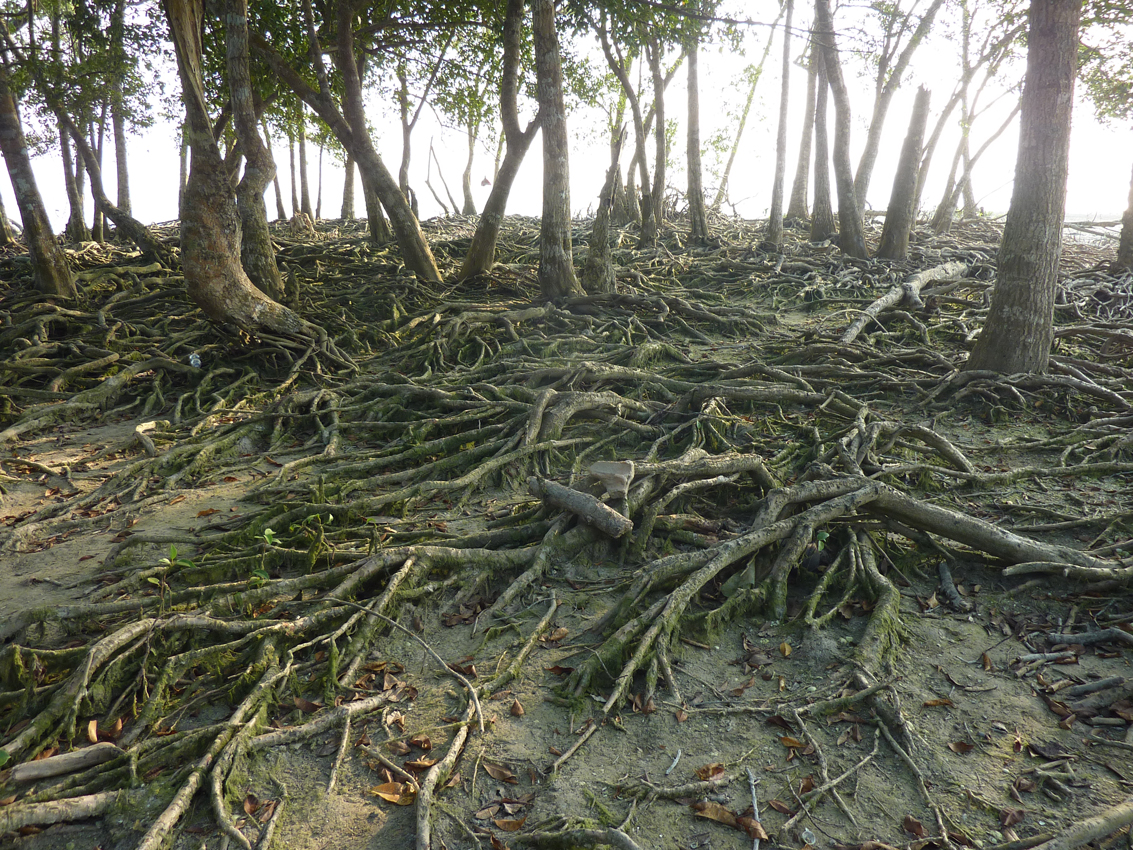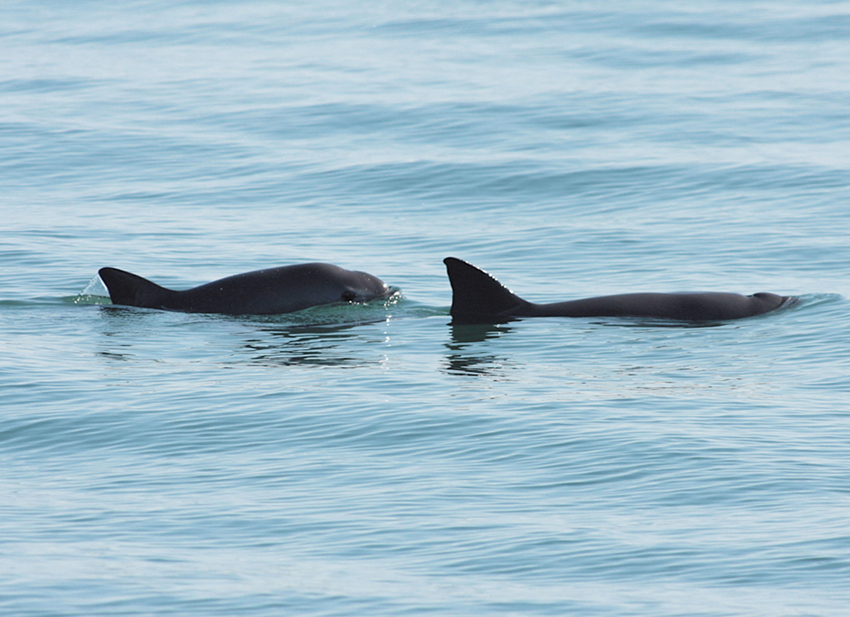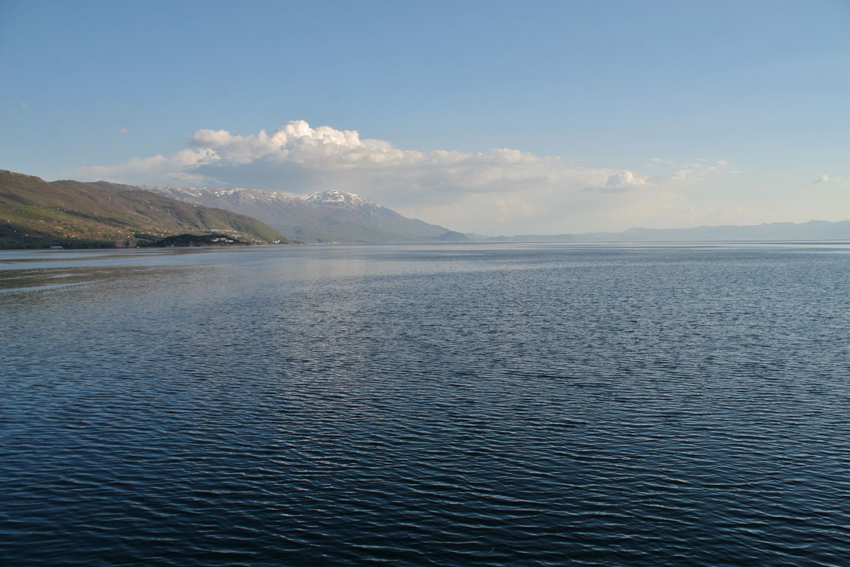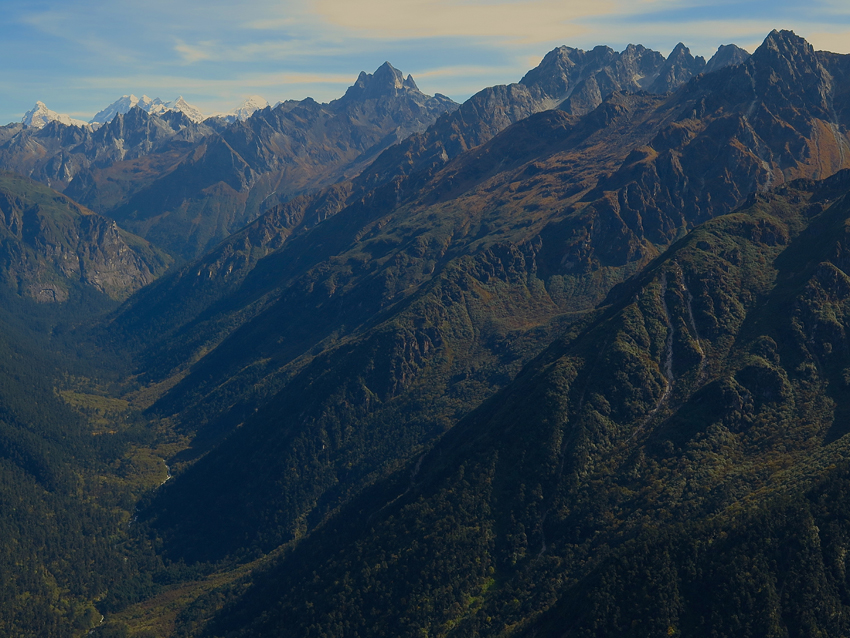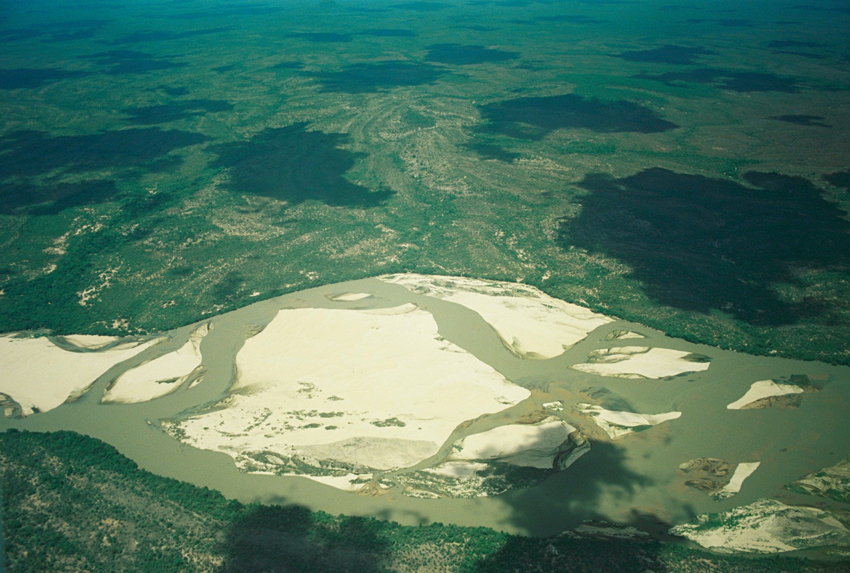IUCN advises “in danger” status for three World Heritage sites
IUCN, the official advisor on natural World Heritage, recommends for three natural sites to be listed as “World Heritage in danger”: the Sundarbans in Bangladesh, Mexico’s Islands and Protected Areas of the Gulf of California and the Ohrid region in North Macedonia.
IUCN’s advice has been released today by UNESCO and is addressed to the World Heritage Committee, the governing body on World Heritage made up of 21 governments. The Committee will take decisions at its annual meeting in Azerbaijan from 30 June to 10 July.
Power plants put the Sundarbans in danger
IUCN recommends placing the Sundarbans in Bangladesh on the List of World Heritage in Danger, due to severe threats from coal-fired power plants and numerous industrial activities in close proximity. The site is part of the world’s largest mangrove forest, home to the royal Bengal tiger.
Following a joint IUCN-UNESCO mission in 2016, the World Heritage Committee called for the large Rampal power plant project, planned 65km from the site, to be cancelled and relocated. Despite this, its construction has continued without any assessment of its impact on the Sundarbans’ World Heritage values.
Two additional coal-fired power plants are being constructed on the Payra River, which flows into the same bay as the Sundarbans. Over 150 industrial projects are also active upstream of the site, and their associated shipping and dredging activities further threaten its hydrological and ecological dynamics. The hydrological systems, which drive this dynamics, are very large in scale and vulnerable to upstream impacts.
Illegal wildlife trade pushes the vaquita to extinction
In Mexico’s Islands and Protected Areas of the Gulf of California, the vaquita – the smallest and most endangered species of porpoise –faces imminent extinction. The porpoise gets entangled in gillnets used to illegally fish the Critically Endangered totoaba, whose swim bladder fetches high prices in Asian markets.
Alarmingly it is estimated only 10 individual vaquitas are left, compared to 30 in 2017. The site is the only place on Earth where the species exists, which is one of the reasons for its World Heritage status.
Despite Mexico’s extensive efforts to ban gillnets and combat illegal international trafficking of totoaba products, illegal fishing within the site has further escalated in the past two years. IUCN recommends placing the site on the List of World Heritage in Danger to mobilise urgent action to protect the site’s unique marine life and ensure the area with the last remaining vaquitas stays gillnet-free.
Site extension and danger-listing recommended for Ohrid region
IUCN recommends simultaneously approving the extension of the Natural and Cultural Heritage of the Ohrid region, and inscribing it on the List of World Heritage in Danger.
The site is currently listed in North Macedonia for its “mixed” natural and cultural values. Its extension into Albania would ensure the entire Lake Ohrid is included in the World Heritage site. It is the oldest lake in Europe surviving from pre-glacial times, and provides refuge for many birds and over 200 species of unique plants and animals.
For years now, the site has been under unrelenting pressure from multiple threats. These range from large-scale infrastructure projects, increased pollution, and uncontrolled urban development and coastal exploitation. Given lack of progress, IUCN and the advisor on cultural World Heritage ICOMOS recommend in-danger status for the site. The severe issues facing the site can only be successfully addressed by managing the entire lake system, which the extension would facilitate.
Today, 16 natural World Heritage sites are listed as in danger. For this year’s World Heritage Committee meeting, IUCN has provided recommendations for about 60 natural World Heritage sites facing threats, and has evaluated 10 sites nominated as potential new sites.
